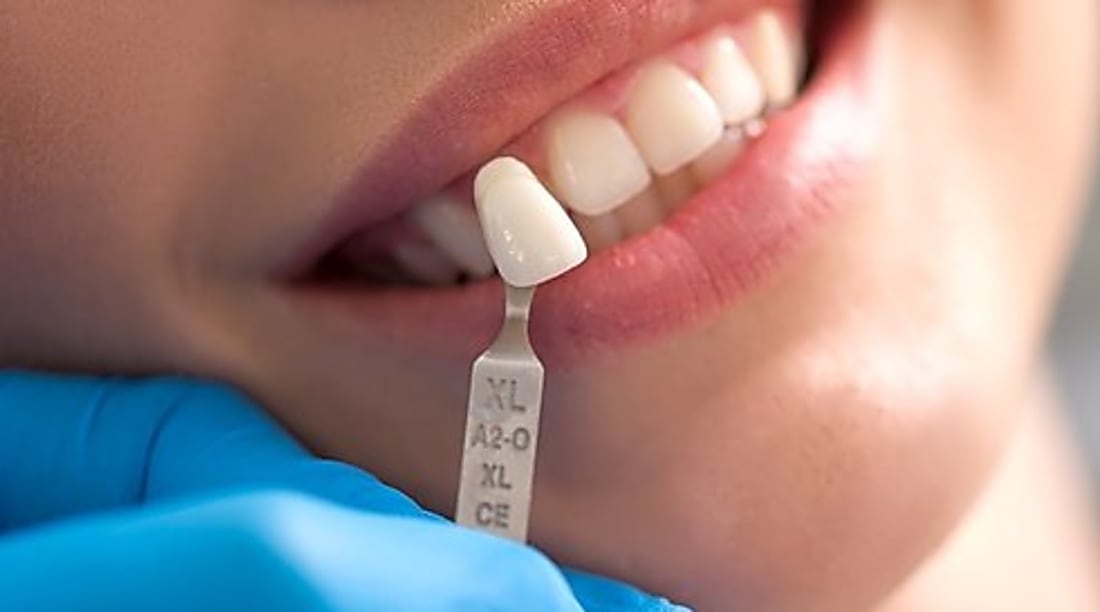Understanding Permanent Teeth Solutions: A Patient's Perspective
Missing teeth can significantly impact daily life, affecting everything from eating and speaking to self-confidence and overall oral health. Permanent teeth solutions have transformed modern dentistry, offering patients long-lasting alternatives to traditional dentures and bridges. These advanced restoration methods provide stability, functionality, and a natural appearance that can restore quality of life for those experiencing tooth loss due to decay, injury, or other dental conditions.

Tooth loss affects millions of people worldwide, creating challenges that extend beyond aesthetics. Whether you’re missing a single tooth or facing complete tooth loss, understanding the available permanent solutions can help you make informed decisions about your oral health. Modern dentistry offers sophisticated options that closely mimic natural teeth in both function and appearance, allowing patients to regain their smile and confidence.
What Are Permanent Tooth Replacement Options?
Permanent tooth replacement involves surgically placing titanium posts into the jawbone, which serve as artificial tooth roots. These posts fuse with the bone through a process called osseointegration, creating a stable foundation for replacement teeth. Unlike removable dentures, these solutions become a permanent part of your mouth structure. The procedure typically involves multiple stages, including initial consultation, surgical placement, healing period, and final restoration. Success rates are remarkably high, with studies showing over 95% effectiveness when properly maintained. This approach preserves jawbone density and prevents the facial sagging often associated with tooth loss.
How Can I Address My Tooth Problems?
Addressing significant tooth damage or loss begins with a comprehensive dental evaluation. Your dentist will assess your oral health, bone density, gum condition, and overall medical history to determine the most suitable treatment approach. X-rays and 3D imaging help create a detailed treatment plan tailored to your specific needs. For patients with inadequate bone structure, preliminary procedures like bone grafting may be necessary before proceeding with permanent solutions. The timeline varies depending on individual circumstances, but most patients can expect the complete process to take several months. Modern sedation options ensure comfort throughout the procedure, and many patients report less discomfort than anticipated during recovery.
What Is Full Mouth Restoration?
Full mouth restoration represents a comprehensive approach to replacing all teeth in one or both arches. This solution is ideal for patients who have lost most or all of their teeth due to advanced decay, periodontal disease, or trauma. The procedure typically uses four to six strategically placed posts per arch to support a complete set of prosthetic teeth. This method, often called the all-on-four or all-on-six technique, provides immediate functionality and eliminates the need for individual tooth replacement. Patients can often receive temporary teeth on the same day as surgery, avoiding the embarrassment of being without teeth during the healing process. The final prosthetic is custom-designed to match your facial structure and desired appearance.
What Are the Real-World Costs Involved?
The financial investment for permanent tooth solutions varies significantly based on geographic location, provider expertise, number of teeth being replaced, and whether additional procedures are needed. Understanding these costs helps patients plan appropriately and explore financing options.
| Treatment Type | Average Cost Range | Key Factors Affecting Price |
|---|---|---|
| Single Tooth Replacement | $3,000 - $6,000 | Material choice, crown type, location |
| Multiple Teeth (3-4 teeth) | $9,000 - $20,000 | Number of posts needed, bone grafting |
| Full Arch Restoration | $15,000 - $30,000 per arch | Technique used, material quality, lab fees |
| Complete Full Mouth | $30,000 - $60,000 | Complexity, sedation type, follow-up care |
Prices, rates, or cost estimates mentioned in this article are based on the latest available information but may change over time. Independent research is advised before making financial decisions.
Many dental practices offer financing plans, and some dental insurance policies provide partial coverage for these procedures. Additionally, dental schools and clinical research programs sometimes offer reduced rates for patients willing to receive treatment from supervised students or participate in studies. It’s essential to obtain detailed quotes from multiple providers and understand what services are included in the quoted price.
How Do I Find Local Services?
Locating qualified dental professionals who specialize in permanent tooth solutions requires careful research. Start by asking your general dentist for referrals to specialists in your area. Professional organizations maintain directories of certified practitioners who have completed advanced training in surgical tooth replacement techniques. Reading patient reviews and testimonials provides insight into others’ experiences with specific providers. During initial consultations, ask about the dentist’s experience, success rates, and what technology they use. Many practices offer virtual consultations, allowing you to discuss your case before committing to an in-person visit. Consider factors like office location, available appointment times, and whether the practice offers comprehensive care or requires referrals to other specialists for certain procedures.
What Should I Expect During Recovery?
Recovery from permanent tooth replacement surgery varies by individual and the extent of the procedure. Most patients experience mild to moderate discomfort for several days following surgery, manageable with prescribed or over-the-counter pain medication. Swelling and bruising are common and typically subside within a week. A soft food diet is necessary during initial healing, gradually progressing to normal foods as comfort allows. The osseointegration process takes several months, during which temporary restorations may be worn. Follow-up appointments monitor healing progress and ensure proper integration. Maintaining excellent oral hygiene is crucial for long-term success, including regular brushing, flossing, and professional cleanings. Most patients return to normal activities within a few days, though strenuous exercise should be avoided initially. Long-term success depends on good oral hygiene, regular dental visits, and avoiding habits like smoking that can compromise healing.
Permanent tooth solutions represent a significant advancement in dental care, offering patients a reliable way to restore function and appearance after tooth loss. By understanding the available options, associated costs, and what to expect throughout the process, you can make confident decisions about your oral health. Consultation with qualified dental professionals is the essential first step toward regaining your smile and improving your quality of life.




